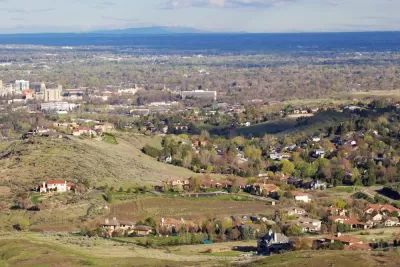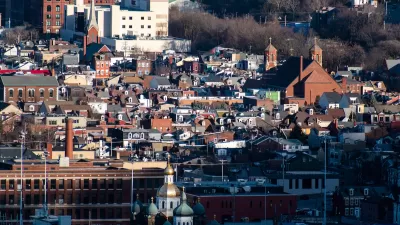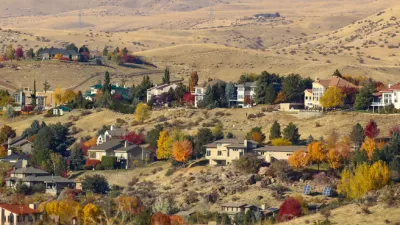Idaho cities can remove barriers to development, adjust zoning codes, and encourage the construction of accessory dwelling units and single-occupancy apartments to sustainably accommodate the state’s growing population.

As Idaho’s population—and housing costs—grow, Sarah Cunningham and Erin Sorensen, writing in the Idaho Capital Sun, outline a set of recommendations for creating more affordable housing. “Developers can and should be able to build the kind of housing that meets our community needs, and do so alongside the infrastructure – for example, public transit or proximity to commuter trails – we all benefit from.”
For Cunningham and Sorensen, “The solution to affordable housing is not to sprawl outward, which would make us become exactly like California and other states that people are desperate to leave. Rather, we need to think outside of the box to incorporate affordability from the beginning of the development process to prevent locals and the employees our business community needs from being priced out.”
Their recommendations to state and local leaders, developers, and residents concerned about affordability:
- Build more accessory dwelling units alongside single-family homes.
- Build single-occupancy apartments – and ditch the parking requirements.
- Encourage home sharing for senior homeowners.
- Demand 10% for affordability.
- Attend the city of Boise’s zoning code rewrite open houses.
Ultimately, the authors conclude, most individuals living alone don’t need big houses. But everyone needs “access to parks and nature, the ability to walk or bike to work, shopping, and entertainment safely, and a sense of belonging and connection in our neighborhoods.”
FULL STORY: Here are five things Idaho developers can do to create more affordable housing

Alabama: Trump Terminates Settlements for Black Communities Harmed By Raw Sewage
Trump deemed the landmark civil rights agreement “illegal DEI and environmental justice policy.”

Planetizen Federal Action Tracker
A weekly monitor of how Trump’s orders and actions are impacting planners and planning in America.

The 120 Year Old Tiny Home Villages That Sheltered San Francisco’s Earthquake Refugees
More than a century ago, San Francisco mobilized to house thousands of residents displaced by the 1906 earthquake. Could their strategy offer a model for the present?

In Both Crashes and Crime, Public Transportation is Far Safer than Driving
Contrary to popular assumptions, public transportation has far lower crash and crime rates than automobile travel. For safer communities, improve and encourage transit travel.

Report: Zoning Reforms Should Complement Nashville’s Ambitious Transit Plan
Without reform, restrictive zoning codes will limit the impact of the city’s planned transit expansion and could exclude some of the residents who depend on transit the most.

Judge Orders Release of Frozen IRA, IIJA Funding
The decision is a victory for environmental groups who charged that freezing funds for critical infrastructure and disaster response programs caused “real and irreparable harm” to communities.
Urban Design for Planners 1: Software Tools
This six-course series explores essential urban design concepts using open source software and equips planners with the tools they need to participate fully in the urban design process.
Planning for Universal Design
Learn the tools for implementing Universal Design in planning regulations.
Clanton & Associates, Inc.
Jessamine County Fiscal Court
Institute for Housing and Urban Development Studies (IHS)
City of Grandview
Harvard GSD Executive Education
Toledo-Lucas County Plan Commissions
Salt Lake City
NYU Wagner Graduate School of Public Service





























